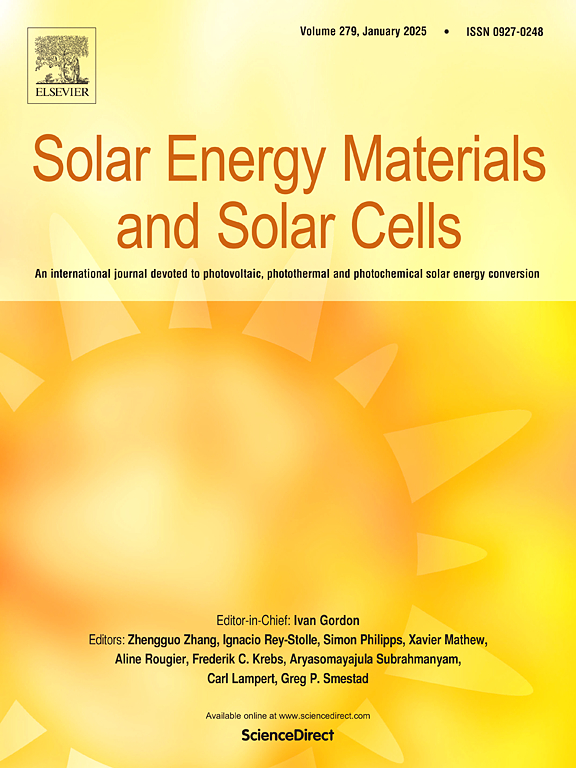Hydrodynamic and reaction kinetic responses of CaO/CaCO3 carbonation in bubbling fluidized bed reactors for thermochemical energy storage: Influence of CO2 mole fraction, grain size, and reactor dimensions
IF 6.3
2区 材料科学
Q2 ENERGY & FUELS
引用次数: 0
Abstract
The CaO/CaCO3 thermochemical energy storage system offers a promising method for the efficient utilization of solar energy. However, the reactor design remains underdeveloped. In this study, the Eulerian-Eulerian two-fluid model is employed to systematically investigate the effects of CO2 mole fraction, particle size, and reactor dimensions on the carbonation process in a bubbling fluidized bed reactor. Increasing the CO2 mole fraction from 50 % to 80 % reduces the duration of the chemical-reaction-kinetics controlled stage from 118.5 s to 65.3 s, and the transition stage from 64.6 s to 36.7 s, with minimal impact on the final conversion rate. High CO2 concentrations cause insufficient bed fluidization and uneven local conversion rate distribution within the bed. As the grain size increases from 150 nm to 300 nm and 600 nm, the duration of the chemical-reaction-kinetics controlled stage decreases from 118.5 s to 104.0 s and 76.2 s, respectively. This causes the reaction to enter the transition phase earlier, ultimately leading to a reduction in the maximum conversion rate. Altering the height and width of the reactor does not significantly impact the conversion processes within the reactor. These findings provide valuable insights for the optimization and practical industrial application of efficient reactors.
热化学储能鼓泡流化床反应器中CaO/CaCO3碳酸化的流体力学和反应动力学响应:CO2摩尔分数、晶粒尺寸和反应器尺寸的影响
CaO/CaCO3热化学储能系统为太阳能的高效利用提供了一种很有前景的方法。然而,反应堆的设计仍然不发达。本文采用欧拉-欧拉双流体模型,系统研究了鼓泡流化床反应器中CO2摩尔分数、粒径和反应器尺寸对碳化过程的影响。将CO2摩尔分数从50%提高到80%,使化学反应动力学控制阶段的持续时间从118.5 s减少到65.3 s,过渡阶段从64.6 s减少到36.7 s,对最终转化率的影响最小。高浓度的CO2会导致床层流态化不足和床内局部转化率分布不均匀。随着晶粒尺寸从150 nm增加到300 nm和600 nm,化学反应动力学控制阶段的持续时间分别从118.5 s减少到104.0 s和76.2 s。这导致反应更早地进入过渡阶段,最终导致最大转化率的降低。改变反应堆的高度和宽度不会显著影响反应堆内的转化过程。这些发现为高效反应器的优化和实际工业应用提供了有价值的见解。
本文章由计算机程序翻译,如有差异,请以英文原文为准。
求助全文
约1分钟内获得全文
求助全文
来源期刊

Solar Energy Materials and Solar Cells
工程技术-材料科学:综合
CiteScore
12.60
自引率
11.60%
发文量
513
审稿时长
47 days
期刊介绍:
Solar Energy Materials & Solar Cells is intended as a vehicle for the dissemination of research results on materials science and technology related to photovoltaic, photothermal and photoelectrochemical solar energy conversion. Materials science is taken in the broadest possible sense and encompasses physics, chemistry, optics, materials fabrication and analysis for all types of materials.
 求助内容:
求助内容: 应助结果提醒方式:
应助结果提醒方式:


